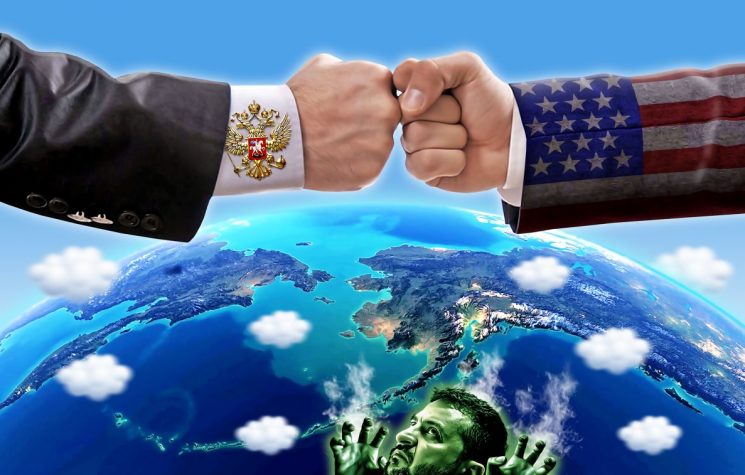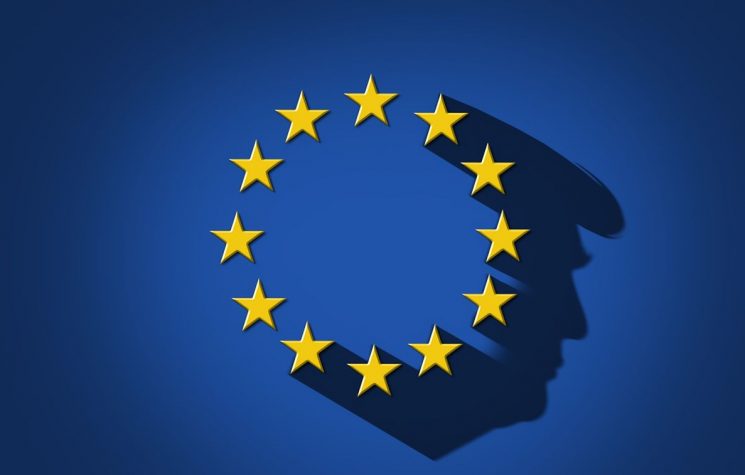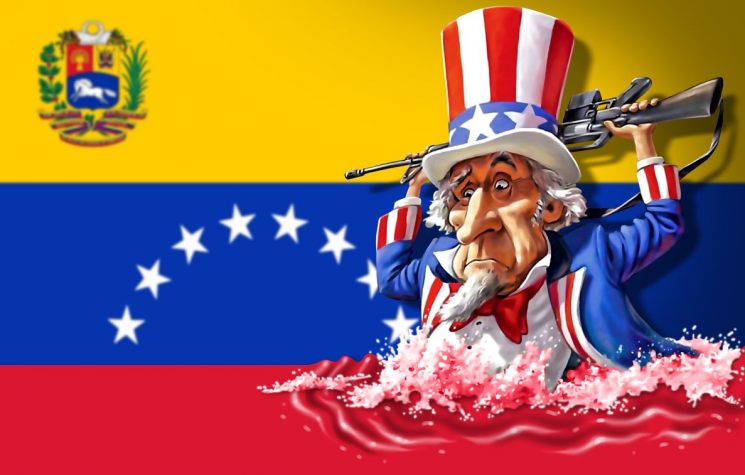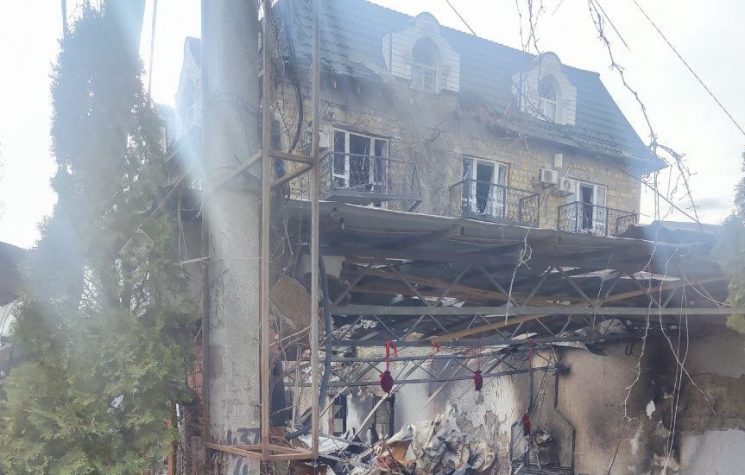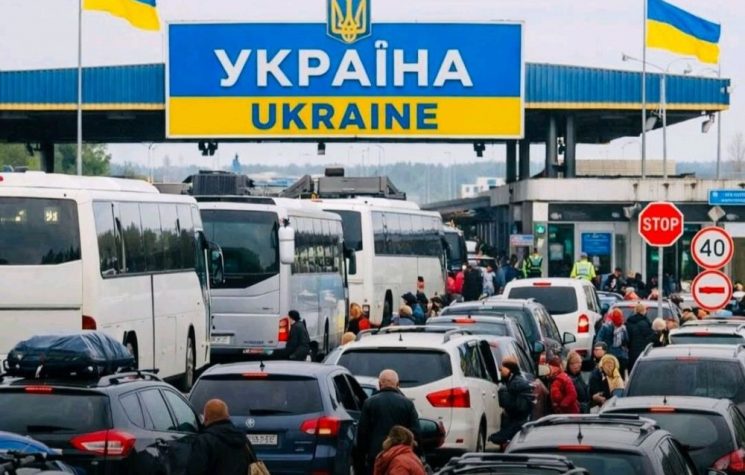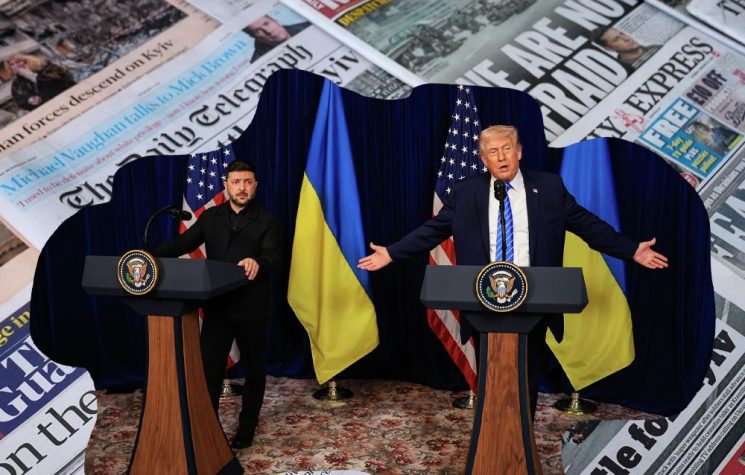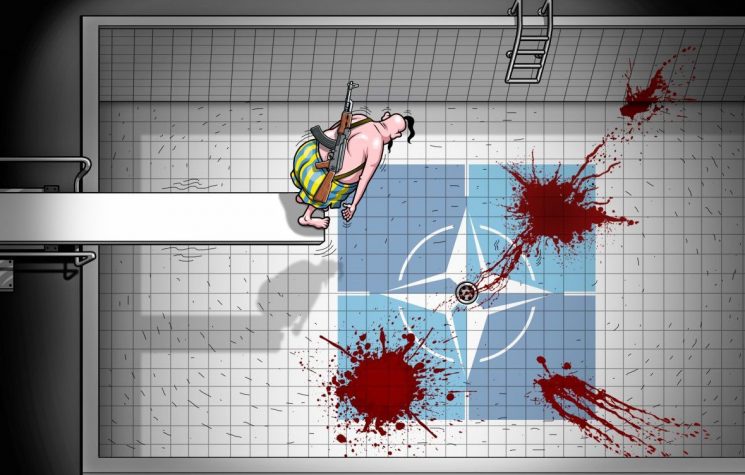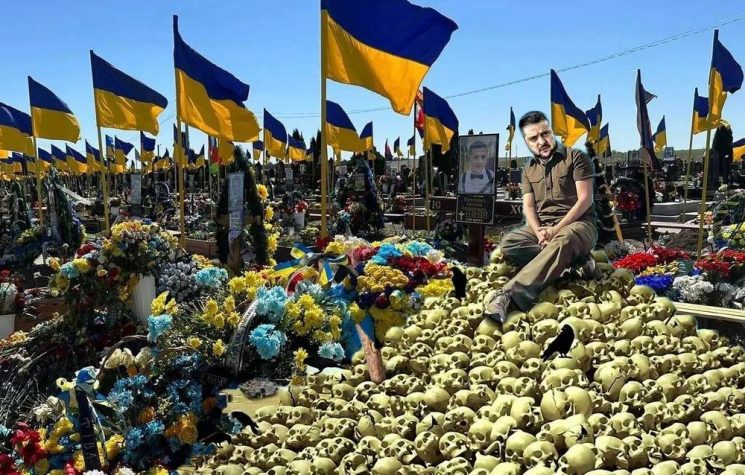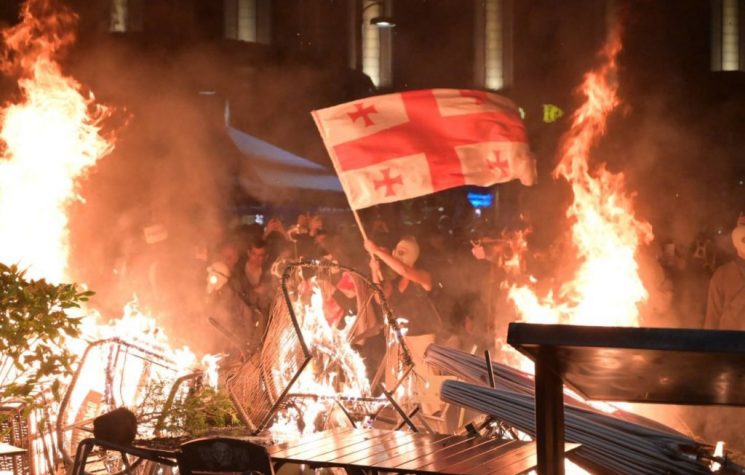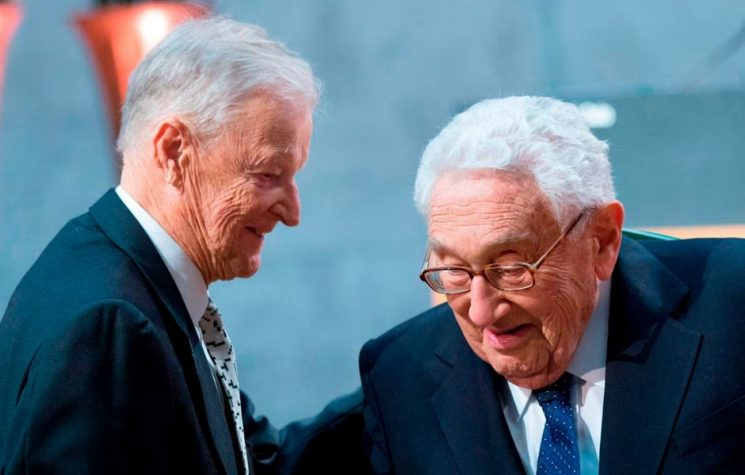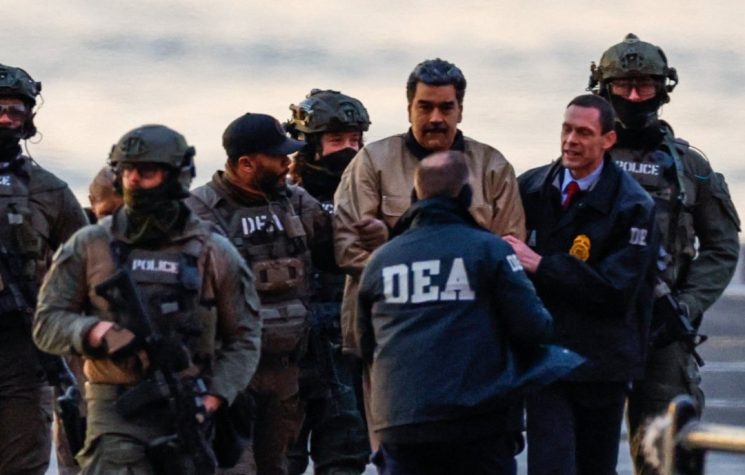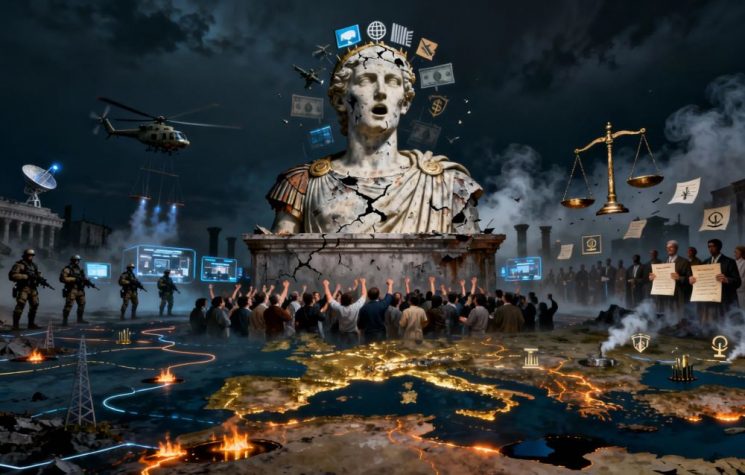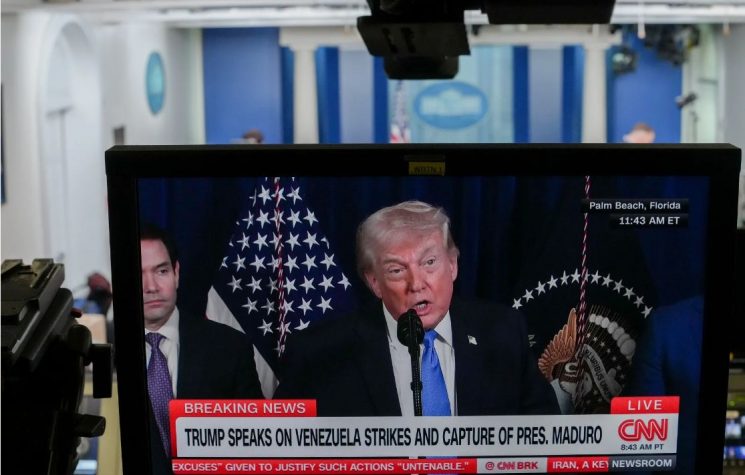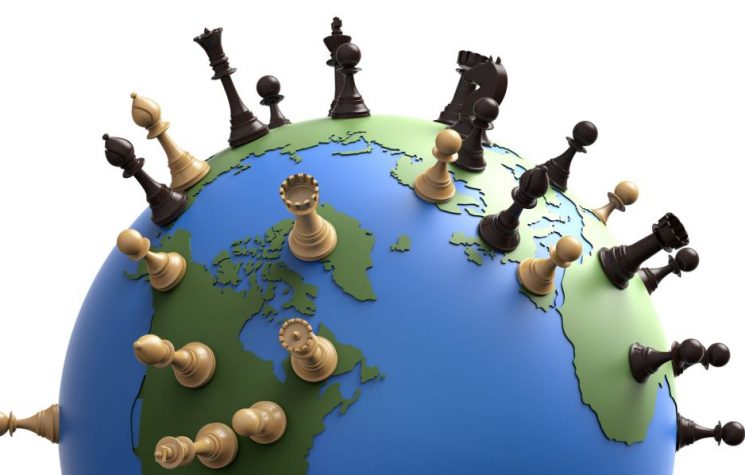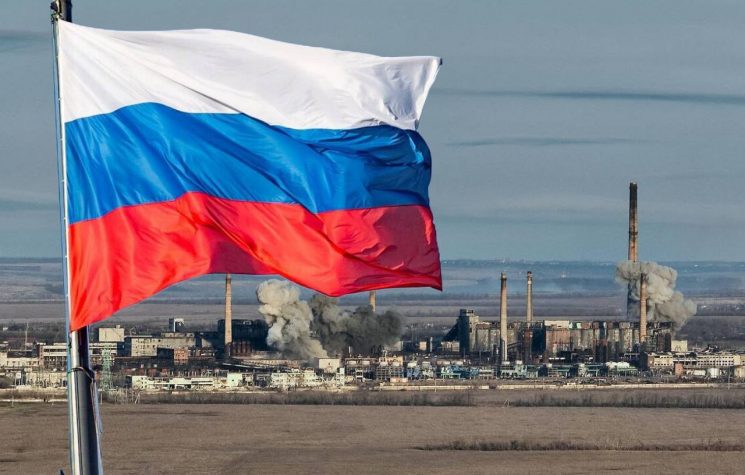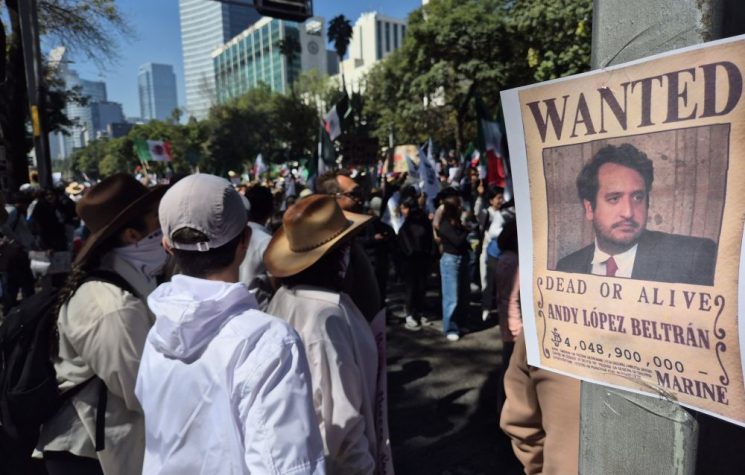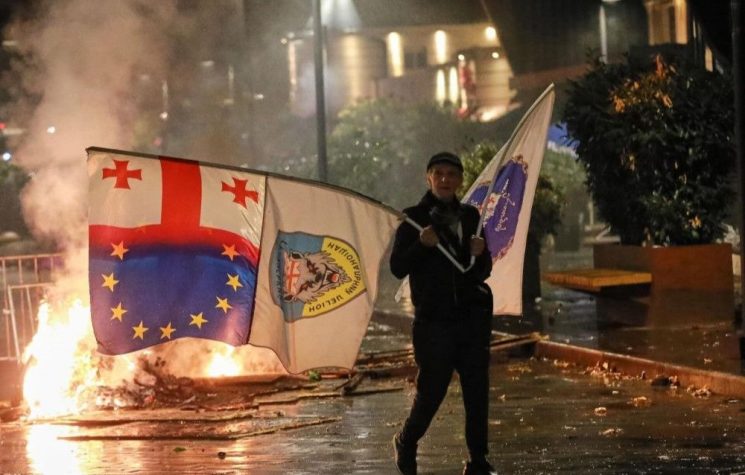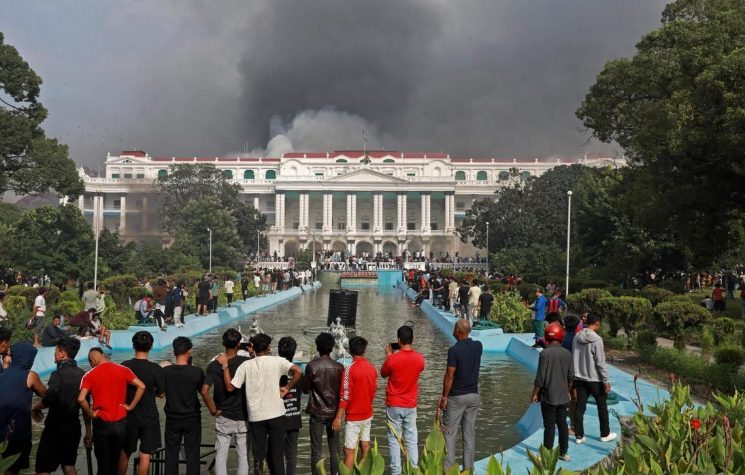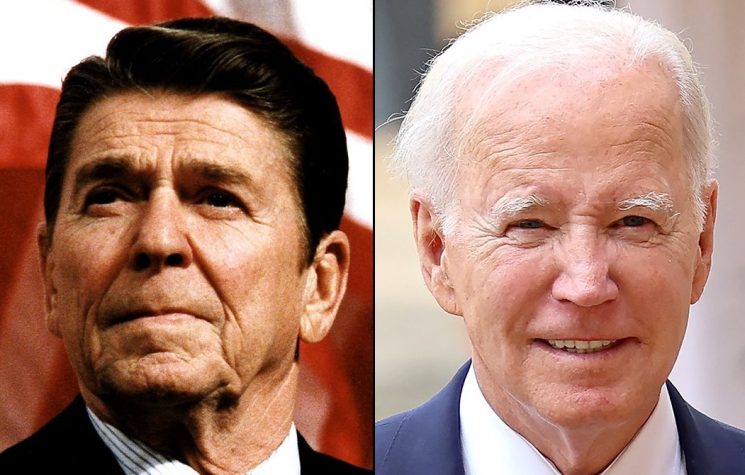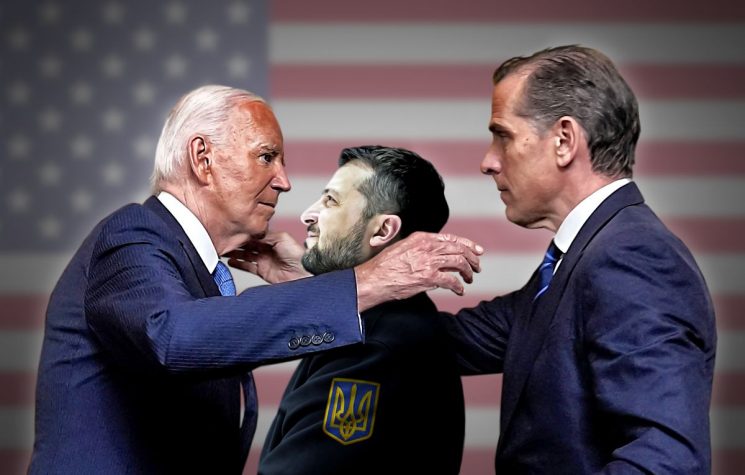For the United States, the prize in Ukraine has always been the opportunity to fight Russia without committing one dead western soldier. This may change.
Contact us: info@strategic-culture.su
“Interventionism” could simply be called “western-backed coup”. Since the end of the WWII, the U.S., it is reported, has meddled with the elections of 81 countries and so it should come as little surprise that it tried its best to topple Nicolás Maduro, as it had previously in 2019 under Trump. U.S. election meddling though has changed considerably since the end of the Cold War. Previous to 1989, when the Berlin Wall fell, the U.S. was quite brazen about toppling left-wing dictators it hated or supporting right-wing candidates with their campaigns. Most notably its dirty tricks were seen as early as 1948 when it did all it could in Italy to oust a communist government. Later on, in the 80s, while the Cold War was still running and Soviet troops were in Afghanistan, the U.S. gave the contras in Nicaragua 18m USD in profits from the illegal arms sales to Iran, which ultimately led to Daniel Ortega being overthrown in a 1990 election. In the same year, Vaclav Havel was backed to the hilt in Czechoslovakia to be enthroned as a western leader in the first democratic elections to be held there.
The U.S. also backs campaigns to reinstate their puppets, when they lose one in a fair, democratic election. In 1986, for example, in Haiti, the U.S. lost Jean-Claude “Baby Doc” who was the incumbent president and a great ally of the West. Later on, his successor was finally overthrown when another friend was installed after years of a nefarious campaign. Sometimes they threw money at their own favoured incumbents who would be useful idiots to them. In 1996, the Clinton government lent 10m USD to Boris Yeltsin for his own campaign, a staggering amount of money at that time. Other times, they would pump money into campaigns run by opposition groups to oust the incumbent who was considered an enemy of the U.S., disregarding any pretentions of democratic collective conscience. In 2000, five years after the Serbs had been bombed into submission in the Yugoslav War by an illegal air strike campaign – which came about when Bosnian Muslims staged a false flag attack on their own people in a Sarajevo marketplace – the U.S. went all out to fund campaigns for all opposition groups in Serbia which finally led to those groups using the same dictator type tactics when the polls were counted by giving Milosevic to leave quietly with his life, or face the same consequences as Romania’s Ceausescu. The Serbian leader later was to mysteriously die in 2006 while held in prison at a specially convened war crimes tribunal for the former Yugoslavia in the Netherlands.
Arguably, the best example of U.S. election meddling, especially for one which has so spectacularly backfired on the U.S., has got to be Ukraine. Both in 2004 and 2014, the U.S. created a revolutionary movement and pumped an estimated 4bn USD into it, just to unseat the Russian-leaning incumbent Viktor Yanukovych. With Ukraine, there were not energy reserves to act as a catalyst but a bigger prize for those red in tooth and claw determined to have their glory fighting Russia: the opportunity for the West to fight Russia without committing one dead western soldier. It proved irresistible and to this day, the West’s economies continue to plunder as this foolish decision takes a grip on those economies pulling them down, while Russia’s gains.
While we don’t know all of the facts which drew the U.S. to the Ukraine, its fatal attraction may well be part of Joe Biden’s corruption escapades there, clearly the Ukraine stands out as the West’s greatest defeat with election engineering which started off as a “colour revolution” but ended up as full-on support of military intervention, shrouded by dirty aid and military deals. The U.S. usually can’t see election interference for what it is as its people have gleaned a certain self-righteous coping mechanism to messing up other people’s lives just for the charred profits from other people’s losses, often deaths. As a general rule, if we overlook Ukraine, in recent years these “colour revolutions” are, compared to the gruesome coup d’états in Central and South America during the cold war years, benign. But it’s where the thinking leads.








